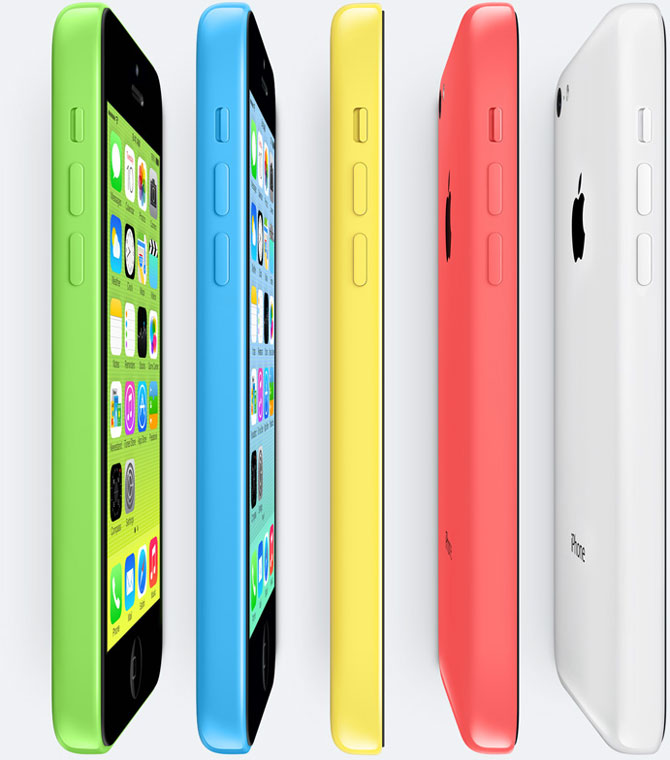
The emerging market version of Apple’s handset fails to set hearts racing with its costly unbundled option.
For many, Apple’s highly anticipated launch on Tuesday was to be the answer to consumers in India, China and other emerging markets who craved some iOS magic in their life but could not afford its previous range.
. . .
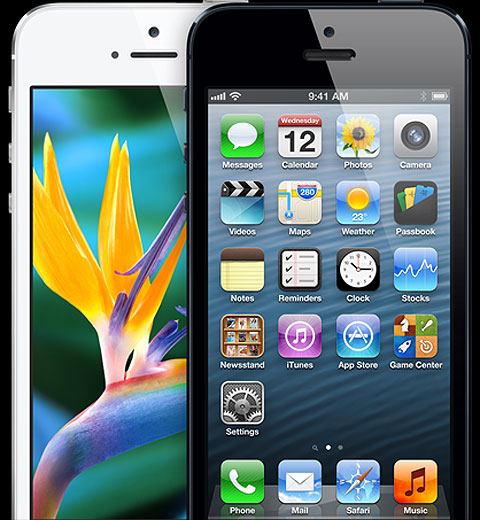
Not to mention that it was expected to completely blow Samsung and other Android devices out of the water.
Did it?
At least not in India. Apple’s website, in traditional style, displays the colourful 5C, widely considered to be Apple’s low-cost offering, front and centre, claiming that the 16GB phone will retail at a mere $99.
Apple pared costs by replacing the aluminium and glass outer shell of the iPhone 5 with plastic in the 5C, along the lines of Samsung’s Galaxy range (the 5S continues to have an aluminium body).
. . .

But that does not mean that the $99 tag will translate to an iPhone for under Rs 6,500 in India.
Apple had strategically held an event in China on Wednesday, following its Cupertino, US launch.
But the catch is the 5C will cost five times more off-contract at $549 (around Rs 35,000), according to Apple’s website.
Operators in the US enter contracts with handset makers to subsidise the cost of a device, earning from the network usage by the customer.
. . .
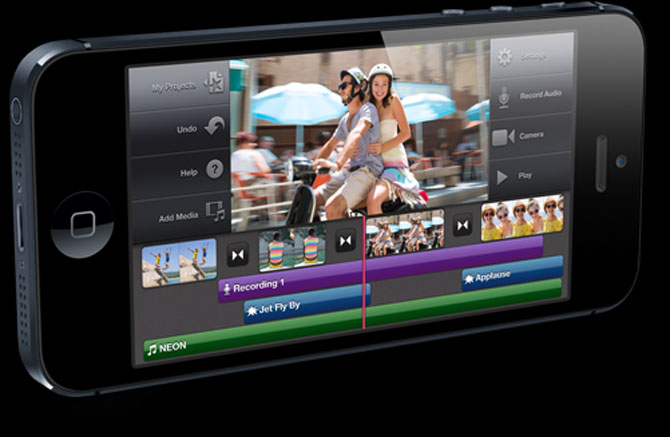
Indian regulators don’t have provisions for checking users from jumping networks, and hence, such models don’t exist.
Apple’s tie-ups with Airtel and Aircel have only discounted monthly usage charges and not the upfront cost of the device.
Apple has not announced the India pricing of its two new models, the 5C and the flagship 5S. India is also not part of the initial launch in 10 countries, slated later in September.
But India could be one of the next 100 countries due to see the launch of the devices in December.
. . .
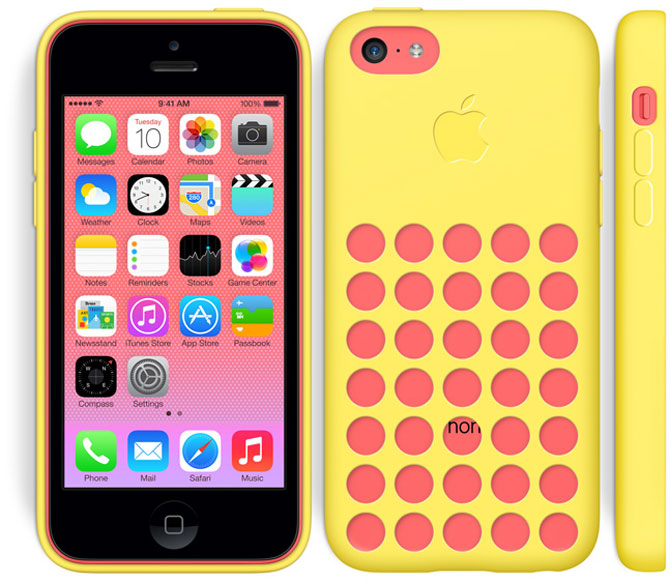
In India, the price-point could mean giving up at least a month’s salary to buy Apple’s cheapest phone -- and that too if one is among a privileged few.
Even in China, where as much as one-third of the world’s smartphones get sold, $549 translates to 3359.8 yuan, again the average monthly salary.
Of late, Apple had launched schemes that were aggressive by its Indian marketing standard such as cash-back and installment schemes.
. . .

Under one of its exchange schemes, one could get an iPhone (two generations old) for just under Rs 20,000.
In India, too, Apple is associated with a strong aspirational value.
However, the expected pricing will mean there would be a gap of just $100 between the 5S and the 5C.
The sentiment that the 5C will, in fact, be competing with other premium smartphones is echoed by Amit Aggarwal, professional technology blogger and founder of the blog Digital Inspiration.
. . .

“There is not enough of a price difference between the 5C model and the premium 5S,” Aggarwal says.
“If somebody can afford to buy the 5C, they will not hesitate to spend another five or six thousand for the more premium model,” he adds.
“At around Rs 30,000, the product (5C) is a bit of a downer.
“It will not be considered cheap and there are several international brands in that bracket with good specifications,” says Manasi Yadav, senior market analyst at IDC, who was expecting the price to be between Rs 20,000 and Rs 25,000.
. . .

According to Anshul Gupta, a principal research analyst for Gartner, Apple with its 2.57 per cent volume market share is far from the top five smartphone retailers in India.
Further, local brands such as Micromax -- which has 22 per cent of the market -- sell their smartphones for between Rs 2,500 and Rs 8,000.
Seen as Nokia-challengers up until now, the indigenous players are now putting pressure on Samsung and Apple as well.
. . .

“There is a lot of variation between the various emerging markets, so it is hard to put them all in one basket,” says Gutpa on Apple’s strategy of targeting emerging markets with a cheaper product.
China, for example, has a larger luxury market than India.
“The average price of a phone in India is $60, whereas in China it is $110,” Gupta adds.
According to a recent survey conducted by Upstream, a third of individuals in emerging markets said they would not pay more than $100 for a smartphone.
. . .
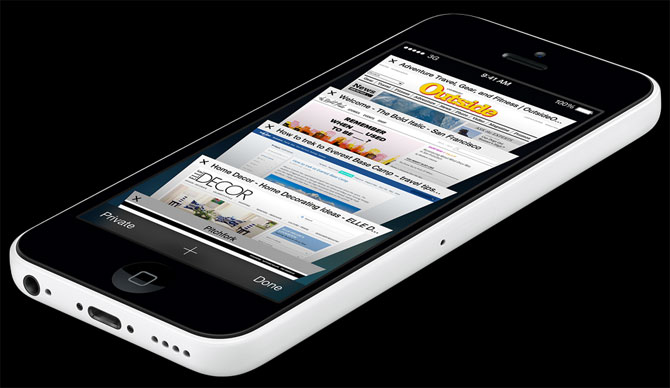
Faisal Kawoosa, lead telecoms analyst of Cybermedia Research says that both 5C and 5S are superior products, but reminds that “we do not need a superior product right now, we need a price-effective product, if Apple is positioning it for the emerging markets”.
For the company itself though, the new pricing presents a silver lining.
For consumers in the West, the iPhone has never been quite so affordable.
Wireless providers like AT&T require a minimum of a two-year service agreement with a minimum data plan of $20 a month.
With the $99 price tag, the 5C will cost about $579 for two years, as compared to the minimum of $679 the 5S would cost.
This could also be a prime opportunity for Apple to bring in more consumers, enabling a new generation of Apple neophytes.
At the very minimum, the iPhone’s price-point makes it available to many more than it ever was, even if it is still out of reach for half the world’s lower-income population.
For those not willing to shell out, other brands will happily provide a (cheap) shoulder to cry on. Status quo for Apple.